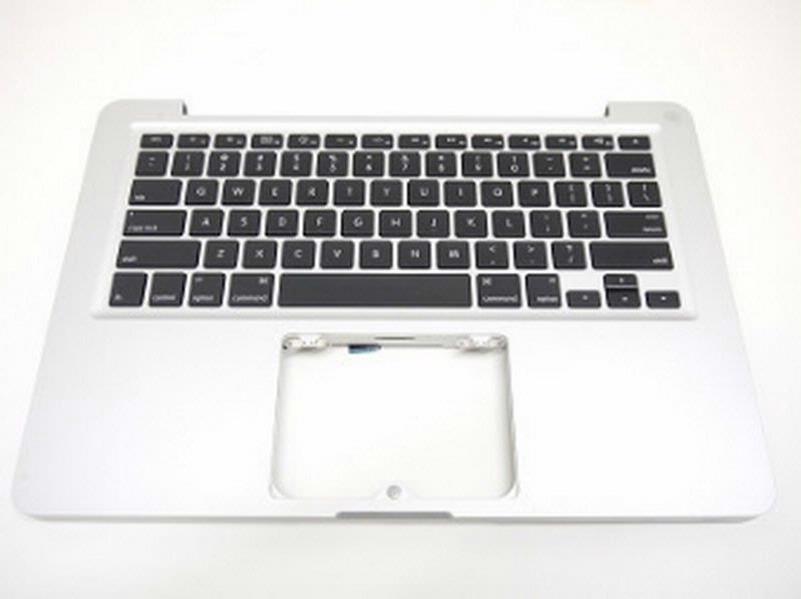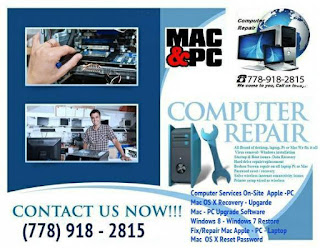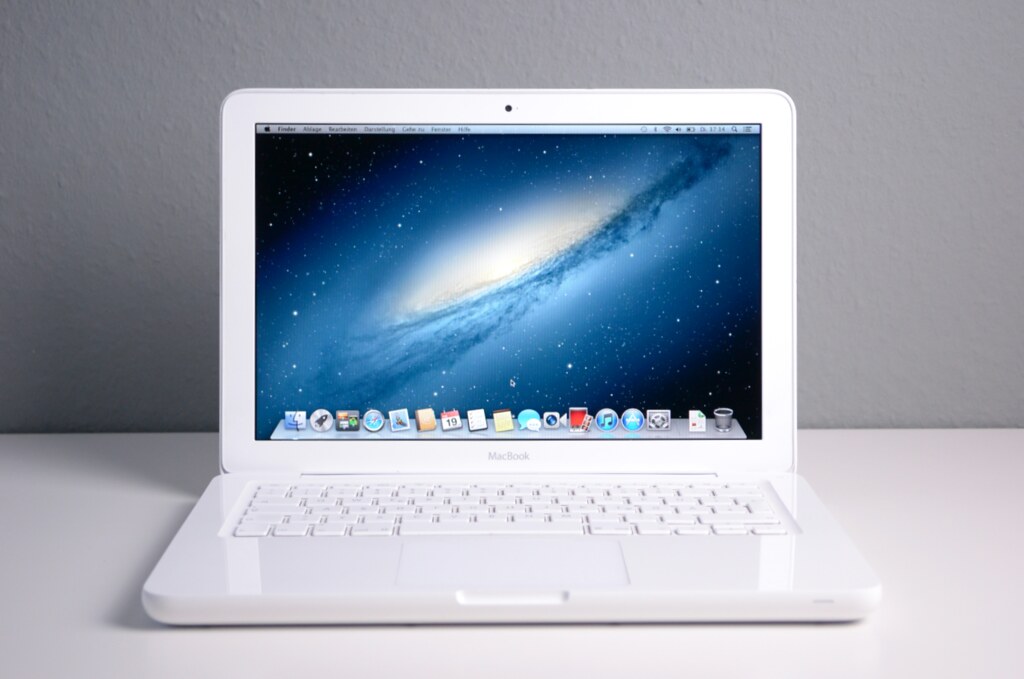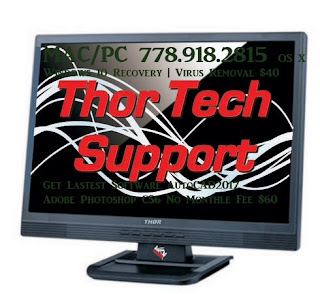

Turn the MacBook Pro over and adjust the position of the trackpad. Secure it with four silver screws but do not tighten them up yet. You can guide the connector using a small flathead screwdriver. Start the re-assembly process with inserting the trackpad cable back in place. Remove the failed trackpad and replace it with a new one. Pull the cable though the opening in the case. While removing the screws, support the trackpad on the bottom with your fingers.Īfter all screws are removed, lower one part of the trackpad and slide it to the shown direction to separate from the palm rest. I’m using a Wiha precision screwdriver, Phillips #00. These screws are very small and easy to strip. You will need a small and sharp Phillips screwdriver. Here’s the removal and replacement procedure.īy the way, if you have MacBook Air, check out this trackpad replacement guide.Ĭarefully disconnect the trackpad cable using a plastic stick or finger nails. If the trackpad still doesn’t click, even after removing the battery and adjusting the screw, most likely it failed and has to be replaced. Place your MacBook Pro on one of the sides and continue clicking on the trackpad while adjusting the screw.įind the position that works best for you. Turning it clockwise will tighten the trackpad. Turning the screw counterclockwise will loosen the trackpad. You’ll need a T6 torx screwdriver for that.

If the trackpad still doesn’t click, even after removing the battery, try adjusting the screw shown on the following picture. If none of the methods above can temporarily fix the frozen cursor on MacBook Pro, try to reset System Management Control (SMC).Remove the swollen battery and test if the trackpads clicks normally after that. Don’t spray the cleaner directly on the trackpad.

Spray the cleaner to the cloth and wipe gently. Use a microfiber or soft and lint-free cloth to clean it. Before cleaning the trackpad, unplug the computer from the power source and shut it down. Also, make sure your fingers are clean, dry, and oil-free. If you only use the trackpad to navigate MacBook, try to clean it from dust, fingerprints, etc. If the cursor is frozen and you cannot navigate to the Apple menu to power off the computer, press and hold the power button for a few seconds. Before shutting down the Mac, disconnect all accessories from it. Sometimes, the frozen cursor on MacBook Pro can be solved by restarting your Mac. Now, double-click the unresponsive process that consumes too much memory and bonds. Then, type activity monitor and click on it. You can press the Command and space keys altogether to open Spotlight. That’s why you cannot move the cursor on your computer.įreeing up the RAM can be the solution to this issue.

#MID 2010 MACBOOK PRO 13 TRACKPAD PROBLEMS MAC#
Too many apps or tabs on the browser open simultaneously can make your Mac runs out of RAM. Once the popup pane appears, highlight the app you want to close and click “Force Quit.” Open Activity Monitor Press Command, Option, and Esc keys simultaneously.
#MID 2010 MACBOOK PRO 13 TRACKPAD PROBLEMS HOW TO#
How to approach it while you cannot move the cursor at all? You can use the shortcut keys. If the cursor freezes after you open a specific app or website, the issue will likely disappear after you close that app. See also: MacBook Pro Camera Not Working - How to Fix it How To Fix Frozen Cursor On MacBook Pro Force Quit Apps If you have a frozen cursor on MacBook Pro or the cursor is jumping randomly, it will interfere with your work. It is used to point keys on the computer display and indicate the current position. A cursor is one of the essential parts of your MacBook Pro.


 0 kommentar(er)
0 kommentar(er)
